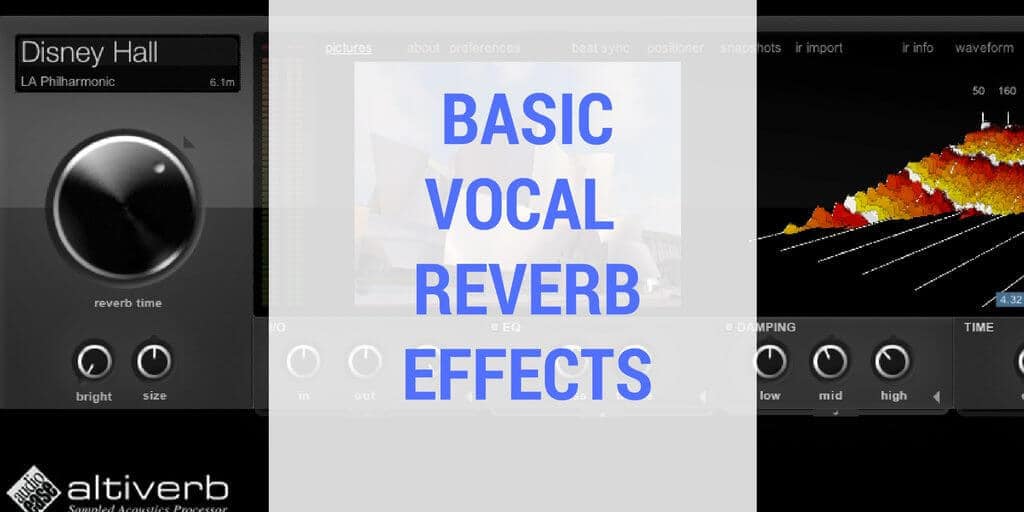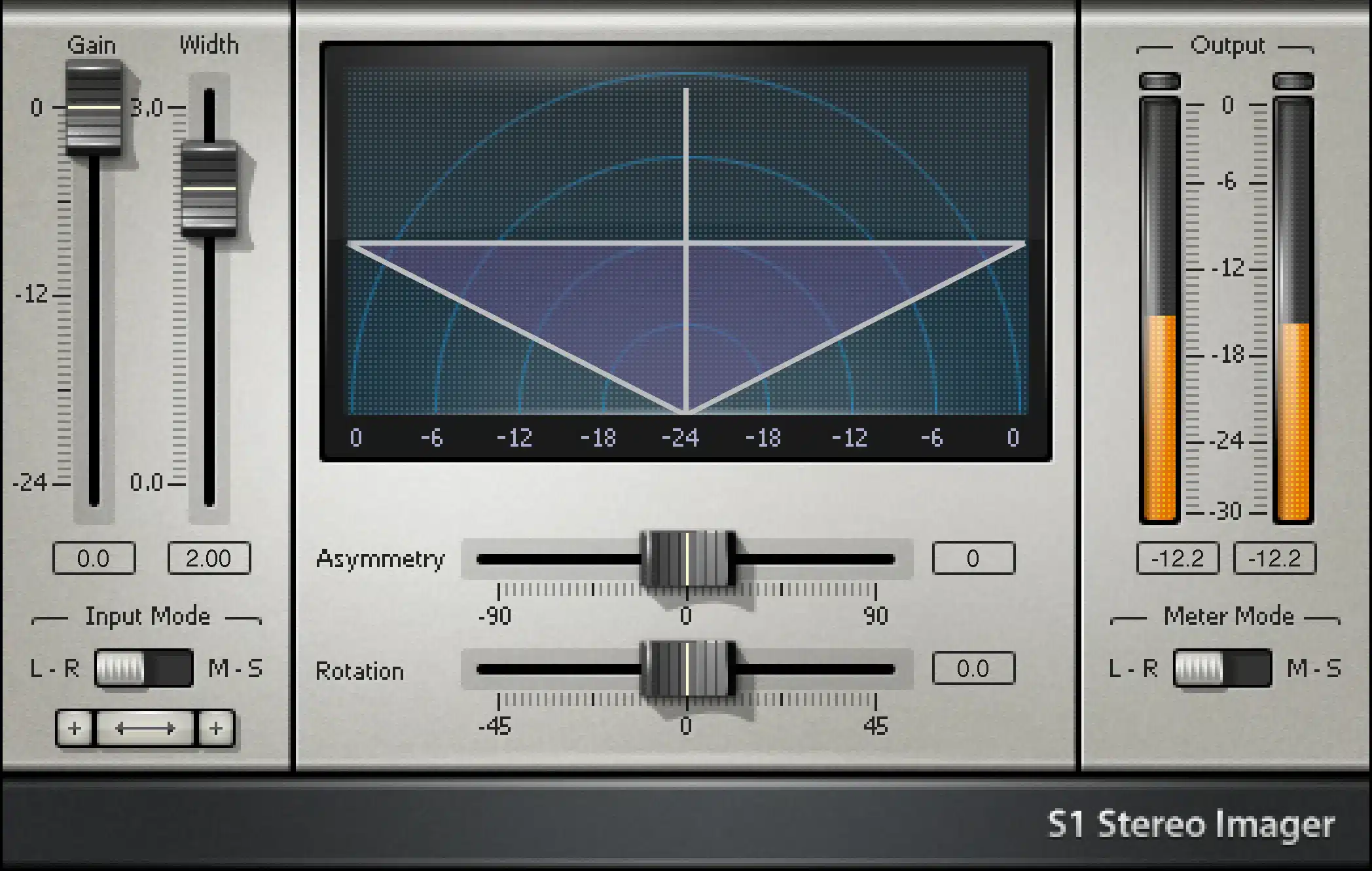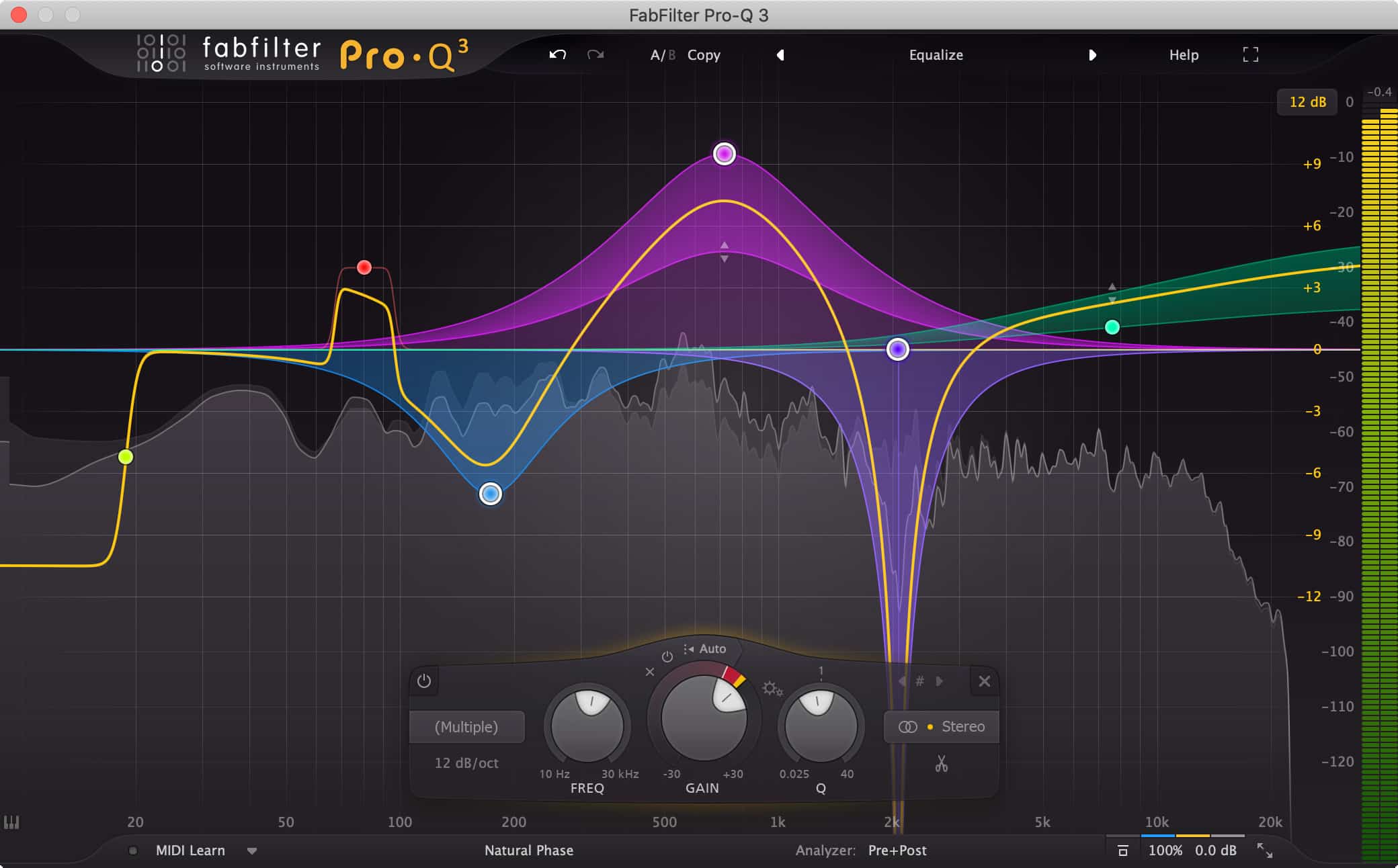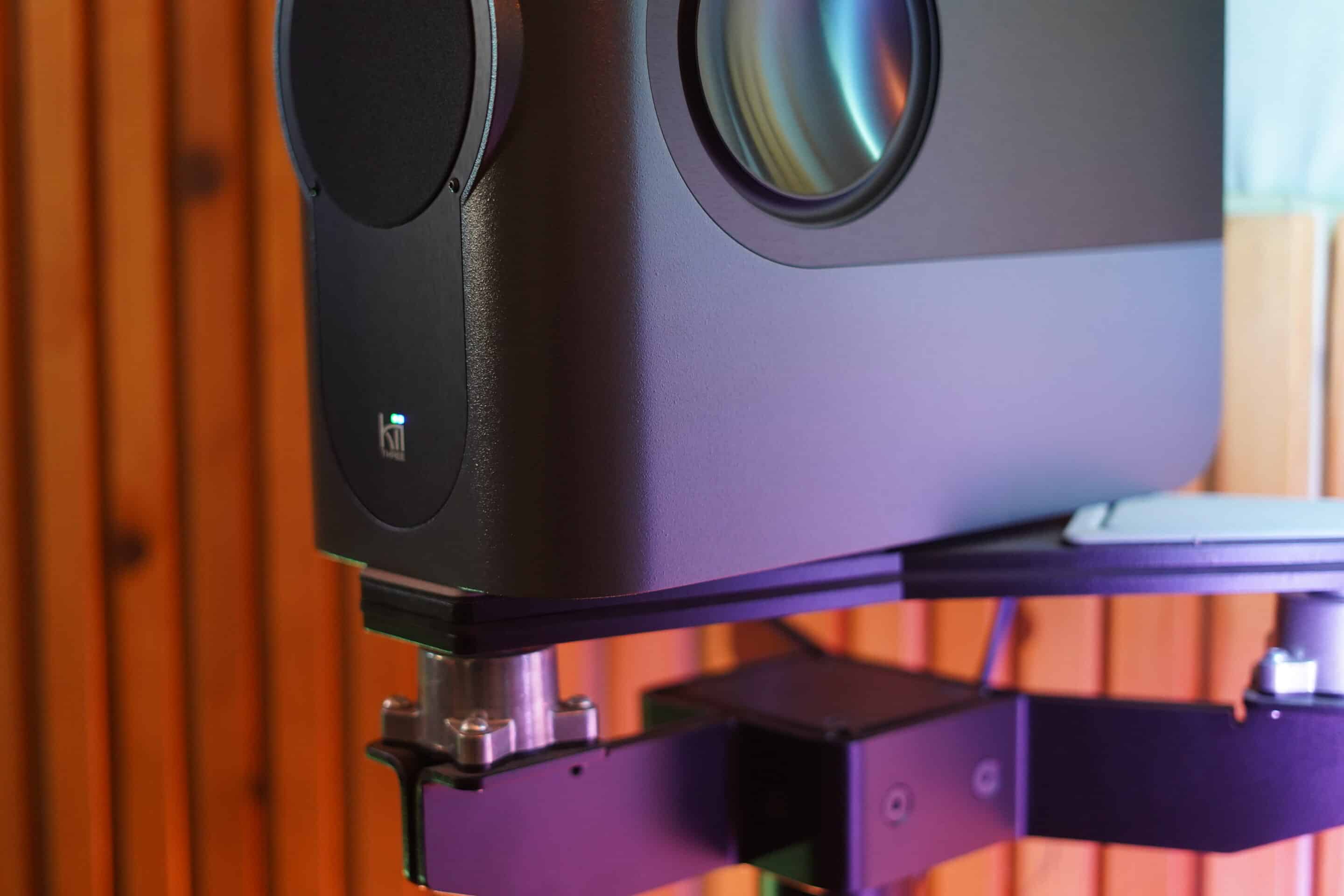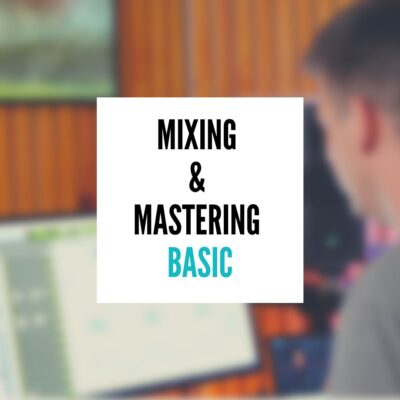Introduction
I’ve encountered numerous tools and techniques that can significantly impact a track’s final sound. One such indispensable tool is reverb. It’s fascinating how reverb, when used skillfully, can transform a flat, lifeless track into a vibrant, emotive masterpiece. In this article, I’ll share insights into different types of reverb, with a specific focus on plates and rooms, as popularized by my fellow professional, Matty.
Understanding Reverb: The Basics
Reverb is more than just an effect; it’s the essence of space in music production. It replicates the way sound behaves in different environments, from small rooms to vast halls. The primary types of reverb are plates, rooms, chambers, and halls, each offering unique characteristics. Understanding these types is crucial for any mixer who aims to add depth and dimension to their tracks.
Plates and Rooms
I often lean towards plates and rooms for vocal tracks. Plates, with their distinct metallic resonance, give a smooth, rich texture that’s just ideal for vocals. Rooms, conversely, offer a more natural and intimate ambiance. When I’m mixing, I pay close attention to the track’s needs. Depending on the vocal style and the song’s overall mood, I make a choice between plates and rooms and usually use both. It’s all about finding that perfect balance that elevates the track to its fullest potential. Make sure to watch the video below to hear examples
Deep Dive into Plate Reverb
In the realm of plate reverbs, the ‘140 Plate’ emerges as a standout choice, revered for its exceptional versatility. Its ability to adapt and enhance a wide array of vocal styles makes it a cornerstone in my mixing arsenal. The ‘140 Plate’ isn’t just a reverb effect; it’s a tool for sculpting soundscapes that can transform a vocal track from ordinary to extraordinary.
When discussing different versions of the ‘140 Plate’, it’s important to highlight the strengths of each. The Universal Audio (UAD) rendition of this reverb is renowned for its meticulous emulation of the classic hardware unit, offering that authentic, vintage plate reverb sound that’s hard to replicate. It has a certain warmth and density that works wonders on vocals, giving them a rich, timeless quality.
However, the alternatives from Audio Ease and Waves also bring unique flavors to the table. These versions cater to a modern production style, offering more flexibility and control over the reverb characteristics. This adaptability is crucial when dealing with diverse vocal textures and styles in contemporary music production.
But among these, the verb suite from Slate Digital holds a special place in my toolkit. Slate’s version stands out for its intuitive interface and the sheer quality of sound it delivers. It offers a perfect blend of the classic plate reverb tone with modern processing capabilities. This makes it an invaluable asset for achieving professional, studio-quality reverb effects, especially for vocals.
One of the key features I often utilize in the plate setting from Slate is the three-millisecond pre-delay setting. This might seem like a minor detail, but it has a profound impact on the spatial perception of the vocals. By setting this slight delay before the onset of the reverb, the vocals are given a clear, unobstructed space in the mix. This separation ensures that the clarity and articulation of the vocal performance are maintained while still enveloping them in a warm, resonant reverb that enhances their presence.
The pre-delay, combined with the ability to finely tune other parameters like decay time, early reflections, and the balance between high and low frequencies, allows for an immense range of creative possibilities. Whether it’s adding a subtle sense of space to a delicate vocal passage or creating a lush, atmospheric backdrop for a powerful chorus, the ‘140 Plate’ from Slate delivers with exceptional precision.
Mastering Pre-Delay and High Frequencies
Adjusting pre-delay and high frequencies in reverb is truly more art than science. It’s a delicate balancing act that requires a keen ear and a deep understanding of the track’s sonic landscape.
Take pre-delay, for instance. This is the time gap between the original dry sound and the onset of the reverb effect. Setting a pre-delay of around 20 milliseconds is a technique I often employ. Why this specific time frame? It’s long enough to separate the initial vocal from the wash of reverb that follows, yet short enough to keep the vocal firmly embedded in the track’s overall texture. This separation is crucial – it ensures that the vocals remain clear and distinct, standing out in the mix rather than getting drowned in a sea of reverb. It’s like giving the vocal its own space to shine before the room’s ambiance kicks in.
Now, regarding the high frequencies, this is where the magic really happens. The human ear is quite sensitive to high-frequency sounds, especially in vocals. By tweaking these frequencies in the reverb, you can dramatically affect the perception of space and texture in the track. For instance, reducing high frequencies in the reverb can make the vocals feel warmer and closer, almost as if the singer is right there in a smaller, more intimate space. On the other hand, enhancing these frequencies can create a sense of airiness and openness, as if the vocals are soaring in a larger, more expansive space.
The goal here is to complement the vocal’s tonal quality. If the vocals are bright and crisp, I might dial back the high frequencies in the reverb to avoid harshness. Conversely, for vocals that are more mellow, I might boost the highs in the reverb to add clarity and sparkle. It’s about creating a reverb character that enriches the vocal without overpowering it.
Conclusion
Reverb is not just an effect; it’s a vital component of a mixer’s toolkit. Whether it’s the metallic warmth of plates or the natural feel of rooms, understanding and manipulating these reverbs can elevate a track from ordinary to extraordinary. As mixers, our job is to weave these sonic textures seamlessly into our music, crafting a sound that resonates with listeners’ hearts and souls

